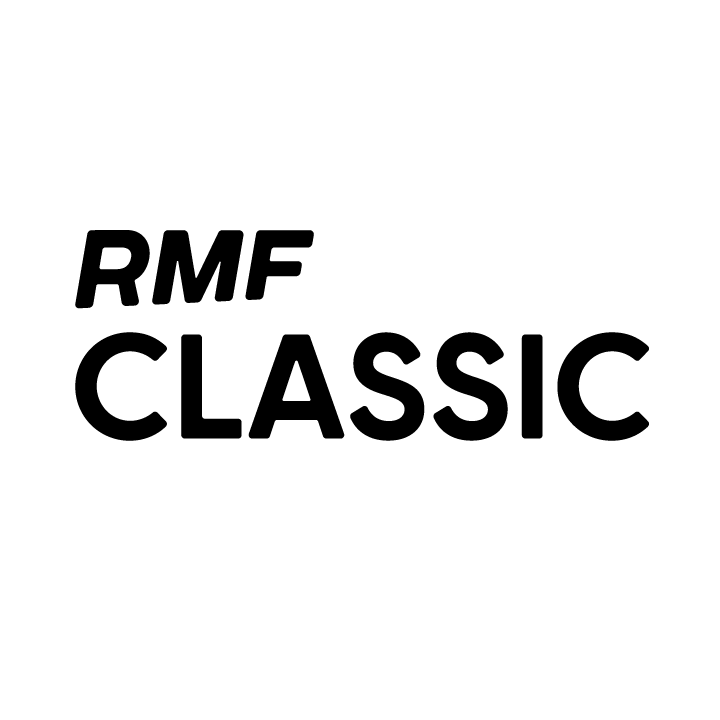HISTORY OF THE EXTENSION
The edifice in the neo-classicist style, erected in 1873, was the first concert hall in the newly founded city. Since the very beginning it became a place of important artistic and historical events in the region. Initially the concert hall was used predominantly for concerts organised by Oskar Meisner, choir conductor, founder of the Singing Society (1882). It was visited by many distinguished virtuosos and it was the place of the historic recital of Ignacy Jan Paderewski, the only one in Silesia (27 October 1901).
In 1906 the building was purchased by a company with the Polish capital, thanks to which the hall was most frequently used for concerts of Polish choirs, meetings of Polish social and cultural clubs and associations. Wojciech Korfanty was enthusiastically greeted here during the rally of the Mutual Insurance Company, and on 16 July 1922 a formal breakfast was held for 500 guests, organised by the first Governor of the Province of Silesia, Józef Rymer, to commemorate the incorporation of a part of Upper Silesia to Poland. In the period 1922-1937 the edifice was owned by the Silesian Insurgents Association. During the World War II, the interiors were reconstructed to meet the needs of the philharmonic which was established there.
For over 130 years this historic hall pleased everybody with its exquisite acoustics, neo-classicist appearance and daylight, so rarely encountered in places of the kind. The facility, so important for artistic work, required modernisation and extension. Thanks to the efforts of Director Grażyna Szymborska and the team of the philharmonic, the process of implementing this idea commenced.
In 2006 the Silesian Philharmonic and the Association of Polish Architects announced a designing competition, won by a design by Michał Kapturczak from a Poznań-based design studio CONSULTOR sp. z o.o.
A chance that the dreams of music lovers and musicians from the Silesian Philharmonic concerning more comfortable conditions for creating music would come true was a competition announced in 2008 concerning a grant from the EU funds within the scheme of the Operational Programme Infrastructure and Environment 2007-2014, in which the Silesian Philharmonic received a grant from the European Regional Development Fund. The Philharmonic?s
contribution was secured from the budget of the Province of Silesia. After signing the grant agreement with the Ministry of Culture and National Heritage on 21 September 2009, the process of implementing the project was commenced.
The General Contractor was a consortium of Mostostal Warszawa SA and a Spanish company Acciona Infraestructuras, and the Contract Engineer ? Inwestprojekt Śląsk. The tender procedure for the construction of the organ musically designed by Professor Julian Gembalski was won by a German company Karl Schuke Berliner Orgelbauwerstatt GmbH, well known in the world for its masterly craftsmanship. The organ was brought to Katowice on 11 November 2013 and its assembly was completed on 7 December 2013.
In 2012 there was a change of the General Contractor of the construction works. The new one was the consortium Mostostal Warszawa SA, and the function of the Contract Engineer was taken over by Przedsiębiorstwo Realizacji Inwestycji INWESTOR S.C. Jarosław Gajek ? Wisław Strzałkowski.
The extension turned out to be quite difficult. It was hindered by some legal and technical complications. The documentation from the times before the extension contained some inaccuracies, and the scope of the mining damage turned out to be more serious than expected. The foundations were strengthened with the method of jet grounting. The historic building, erected in accordance with the 19th century building standards, was adopted to the contemporary standards and technical requirements.
All these aspects caused a delay in the project completion, as well as the increase of the planned extension costs.
Despite these difficulties, the construction was successfully completed. On 31 January 2014 a permit for use for the facility was issued, and on 3 March 2014 Mostostal Warszawa SA ? the General Contractor of the construction works ? handed over the facility to the Silesian Philharmonic. On 19 February 2014 a grand piano Steinway&Sons arrived at the seat of the Philharmonic straight from the plant in Hamburg, and on 7 March 2014 experts from Karl Schuke Berliner Orgelbauwerkstatt GmbH completed the process of tuning and intoning the organ.
EXTENSION EFFECTS
The floor surface area of the Silesian Philharmonic has been increased by 2066m2 (to reach 5252m2). The interiors are air conditioned, and the concert hall is equipped with the organ. In the new part of the building a chamber music hall has been built with 110 seats with all the stage equipment. On the last storey of the building there is the so called ?Music Lover?s Zone?: a seminar hall connected with a musical café and an outdoor patio ? a green musical garden. All architectural barriers have been liquidated, modern lifts have been installed.
Finally it will be possible for all the ensembles and organisational units to work in their own seat. Musicians have new dressing rooms, rehearsal halls, a library of scores, warehouses for instruments. The garage has been adopted to loading instruments and equipment indoors.
The project ?Extension of the Silesian Philharmonic in Katowice? was co-financed from the European Regional Development Fund within the scheme of the Priority XI Culture and Cultural Heritage of the Operational Programme Infrastructure and Environment 2007-2013. Its total value amounted to PLN 47,476,025. ERDF provided the financial support in the amount of PLN 21,327,438, and PLN 26,148,587 came from the budget of the Silesian Province.
The musicians from the Silesian Philharmonic did not interrupt their activities during the project implementation. They gave concerts in the Culture Centre in Katowice ? Giszowiec, in numerous churches, in an excellent concert hall of the Academy of Music in Katowice, in the Chorzów Culture Centre ? and in the historic edifice of the Silesian Library, where the Chamber Music Orchestra held its rehearsals and concerts. The choir was operating in the M. Karłowicz Music School.
After 3.5 years everybody is returning to their own place at 2 Sokolska street.















